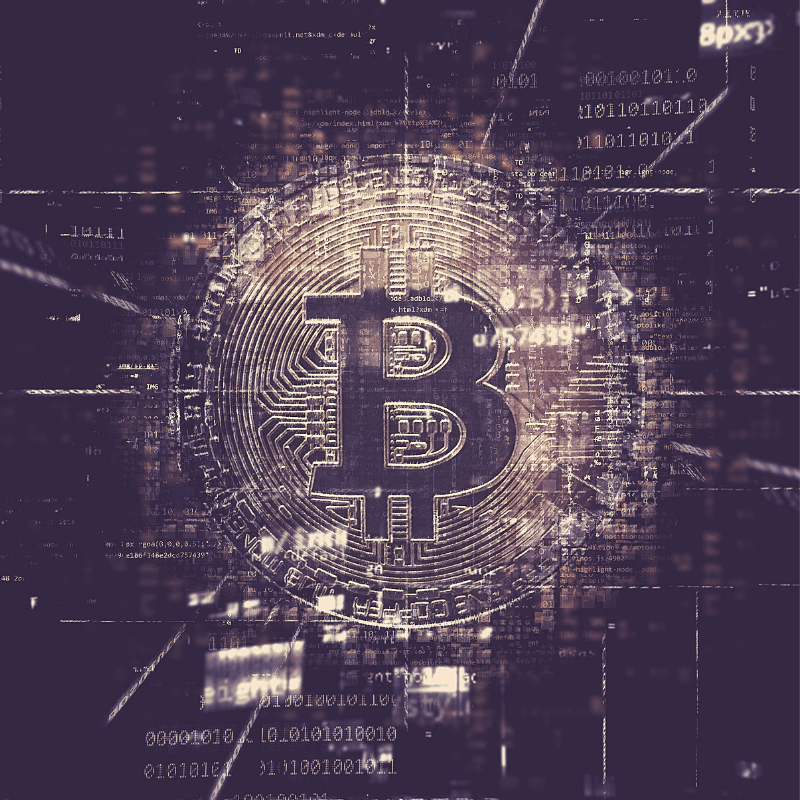Jayr Ipac is a Senior Associate at Divinalaw and teaches Intellectual Property at San Sebastian Recoletos-College of Law

Venture capitalist William Mougayar calls blockchain “the second significant overlay on the internet, just as the web was the first layer back in 1990.”[1] By way of analogy, blockchain is the internet of value just as the web created an internet of information. While blockchain-based logistics solutions are slowly on the rise, blockchain’s potential in the areas of more significant social relevance (for instance, in election and land registration systems) remains to be explored.
On that note, awareness and education programs become key to tapping that untapped Filipino potential for creativity and innovation. The internet and social media helped the spread of the blockchain buzzword but only a few would have the interest, nay time, to actually go beyond the hype. Under this scenario, the traditional role of Higher Educational Institutions (HEIs) in knowledge creation, sharing and collaboration once more becomes emphasized.
In order for blockchain to truly become an internet of value, the blockchain industry may need to establish formal and informal partnerships with educational institutions. In the Philippines though, it has been observed that collaboration between university and industry is something new and is not widespread.[2] But against this observation, one notable blockchain company, the NEM Philippines, in fact took the less travelled route by successfully entering into agreements with colleges and universities in the Philippines to deliver programs and courses related to blockchain technology and to blockchain-based applications.
And why not? HEIs have been the traditional centers of learning, research, and creation of new knowledge and (to a lesser degree) its dissemination. In fact, a significant number of intellectual creations, particularly inventions, originate from university labs, whether funded by them or through third-party funding. Since blockchain is already an emerging technology, the potential for innovation and creativity once it enters the academic realm is expectedly greater. But what are the intellectual property implications of such education and industry sectors collaboration, say on the course contents, training materials, researches, inventions or applications that are created in the course of such collaboration?
Under the Intellectual Property Code of the Philippines, in case of works of joint authorship, the co-authors shall be the original owners of the copyright and in the absence of agreement, their rights shall be governed by the rules on co-ownership. But what does “joint authorship” mean? Joint authorship has been construed to mean that the purported authors made independently copyrightable contributions to the work and they fully intended to be co-authors. Intent, whether express or implied, is crucial to establish joint authorship.
In the case of copyrightable works or patentable inventions resulting from education-industry sectors collaboration, there are different rules of ownership depending on the (i) relationship between the educational institution (or industry provider) and the natural person who actually created the work or the invention; and (ii) the agreement between the educational institution and the industry provider.
In the first case, if the natural person is an employee of the educational institution (or industry provider) and the work or invention is the result of the performance of his regularly-assigned duties, then the work or invention belongs to the educational institution unless there is contrary agreement. Otherwise, if the result is not part of his regularly assigned duties, then the work or invention belongs to the employee.
On the other hand if the relation between the educational institution (or industry provider) and the actual author or inventor is one “for hire” or on a commission basis, the rules vary depending on the intellectual property involved. If it is a copyrighted work, the person who so commissioned the work shall have ownership of the work (the tangible product itself), but the copyright thereto shall remain with the one who created it. However, in the case of a patentable invention, the person who commissioned the work shall own the patent, which for practical purposes extends ownership to the invention itself. In either case, the parties can provide a contrary agreement.
In the second case, the parties must expressly provide in the agreement for the rules on ownership of the intellectual property.
If after the collaboration officially ended and the educational institution desires to continue using the copyrighted materials jointly developed, can it be done in the absence of an agreement? If a trademark is used as part of a copyrightable material jointly developed, can the educational institution also continue using the same in the absence of an agreement? While the rules on co-ownership may be applied in the absence of an express agreement, the rules on co-ownership under the Civil Code poorly applies to situations involving an intangible property.
On the other hand, would it matter if the HEI’s research and development project receives funding from the government? Definitely yes. In that case, one has to also consider the Technology Transfer Act of 2009. As a general rule, a higher education institution that receives funding from a Government Funding Agency for its research and development activities owns the intellectual property and the IP rights derived and generated therefrom.
At bottom, both formal education and informal education (through forums, workshops and awareness drive), similar to that undertaken by NEM Philippines, serve to catalyze the state’s IP policy objective of promoting the diffusion of knowledge and information for national development and progress and the common good. By the same token, the existing IP infrastructure provide sufficient incentive for said undertaking.
As the tech industry continues to grow, we see exciting times ahead for law and technology.
[1] https://ripple.com/insights/the-internet-of-value-what-it-means-and-how-it-benefits-everyone/
[2] Challenges Faced by Government Research Institutions and Public Universities in the Commercialization of Agricultural Innovation in the Philippines, Noel A. Catibog.

